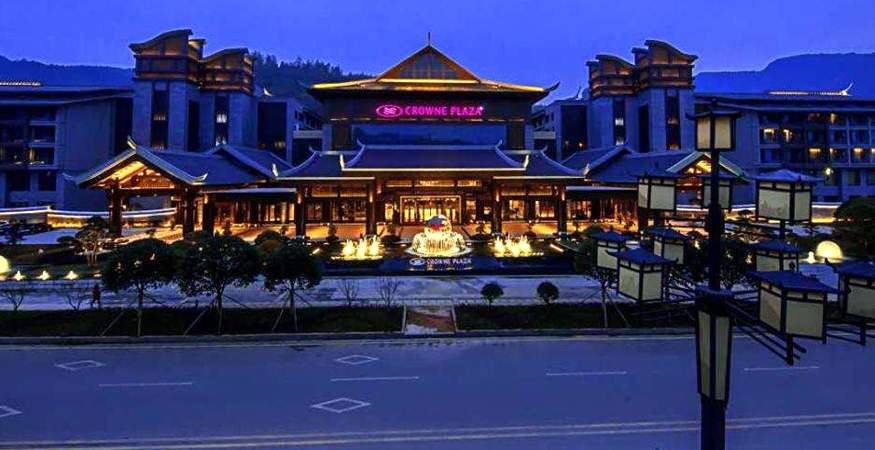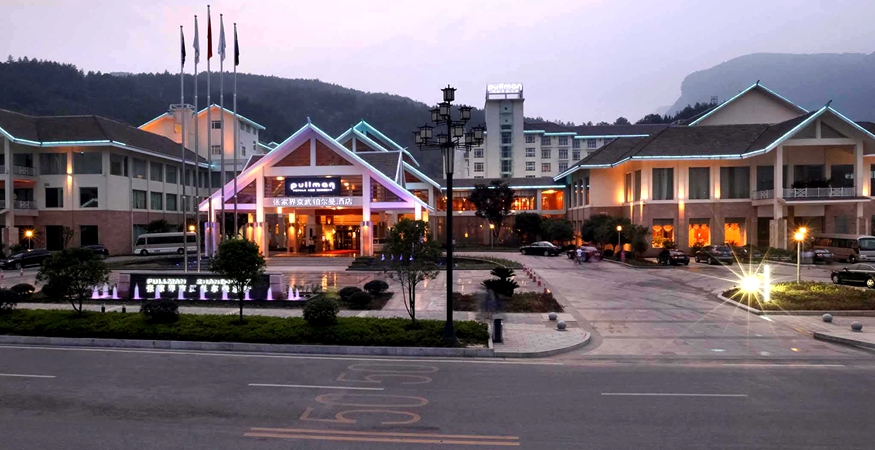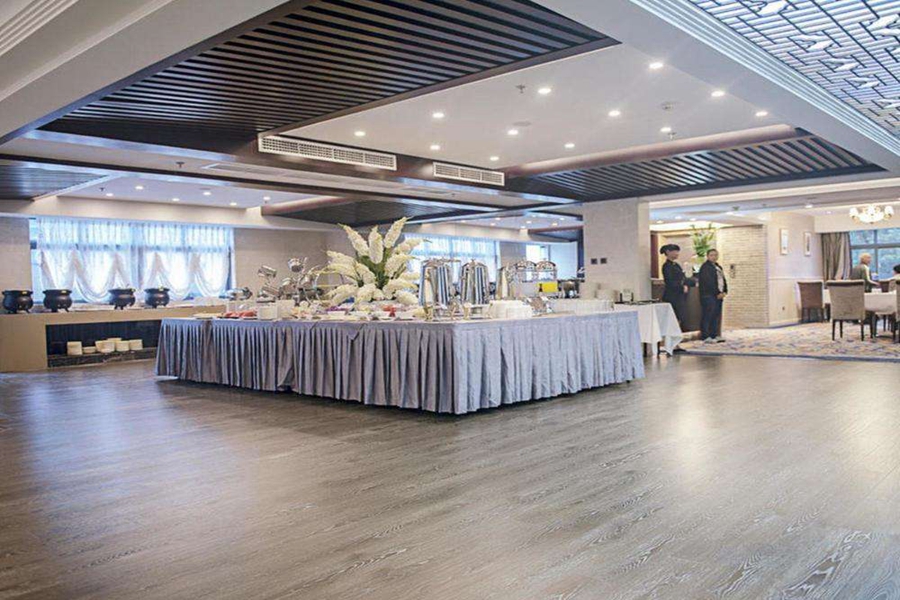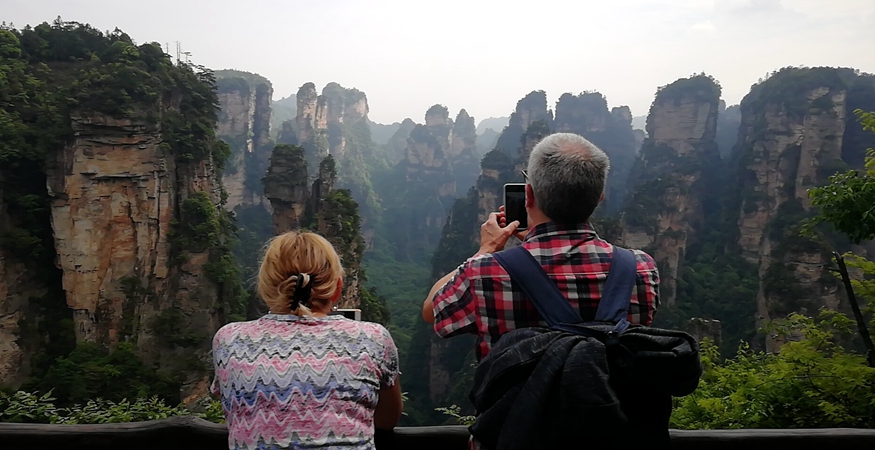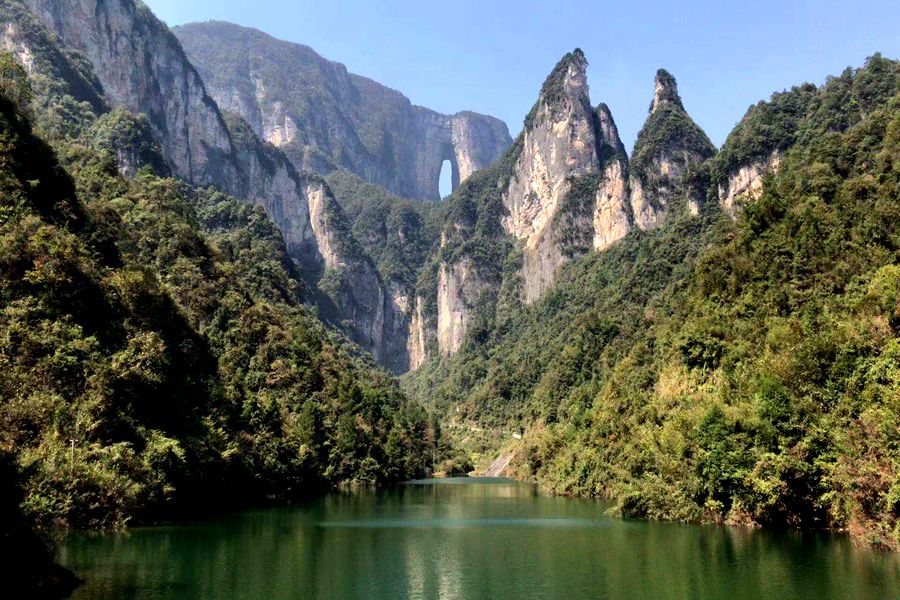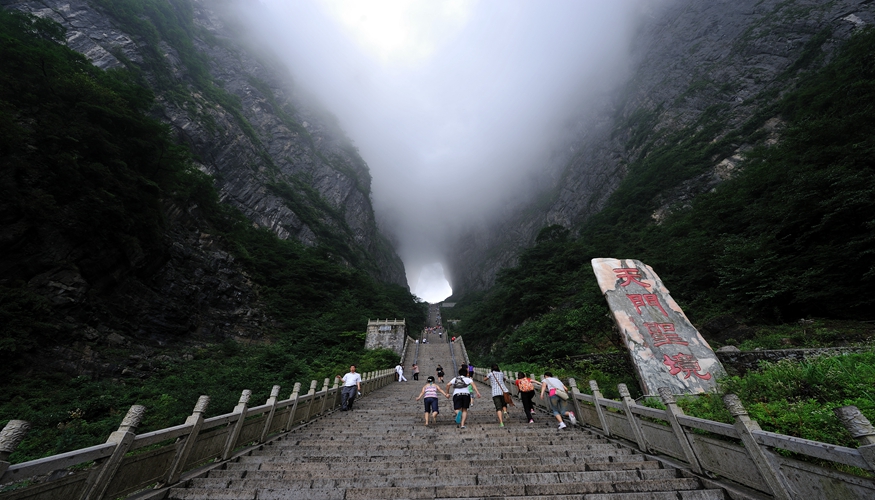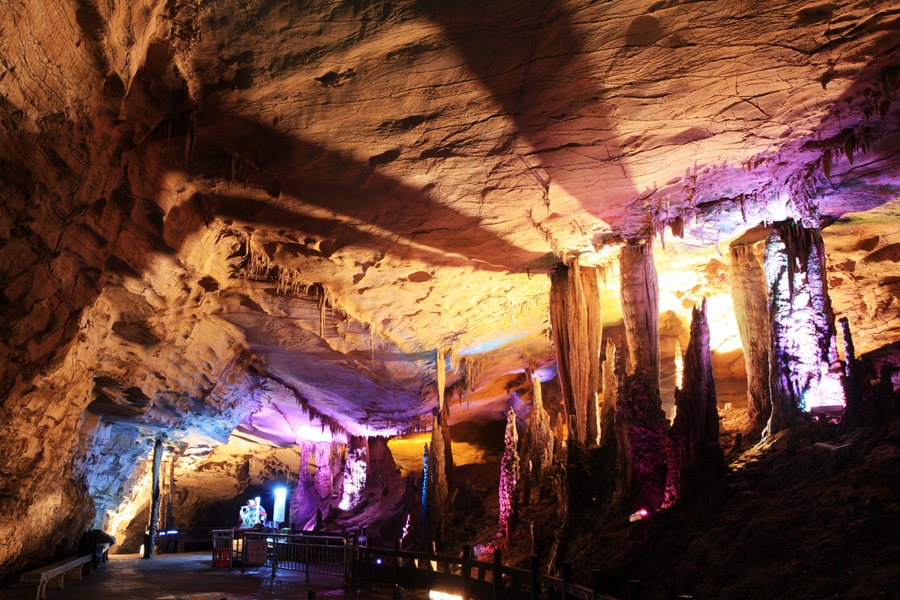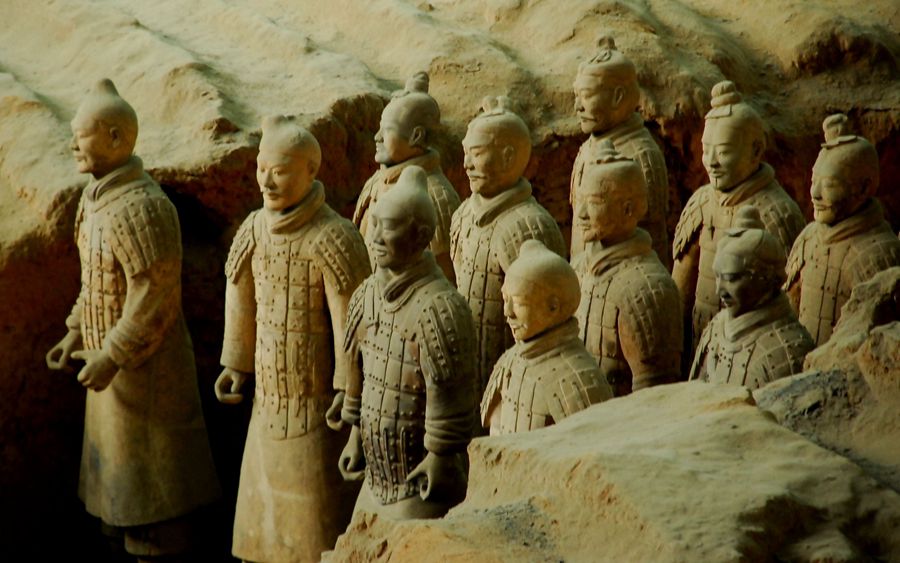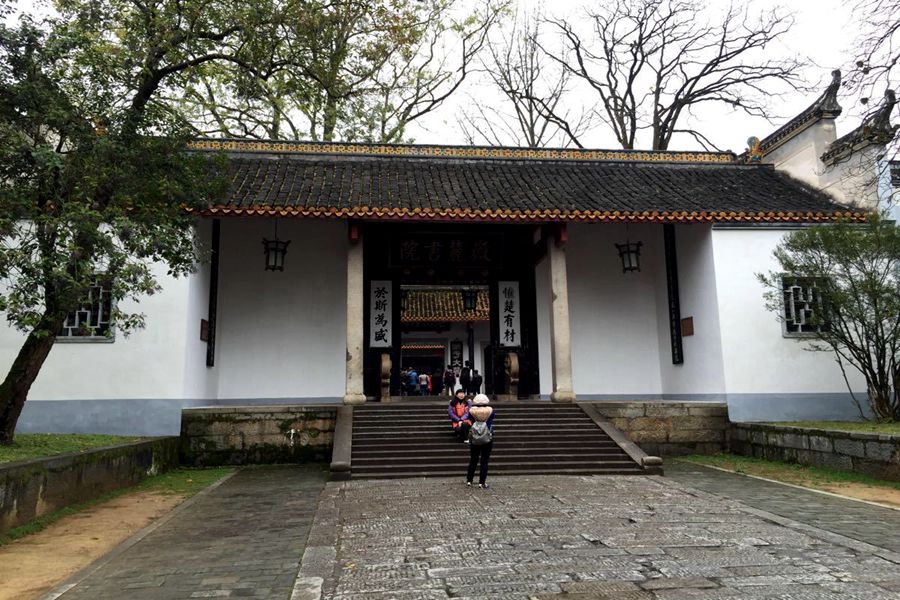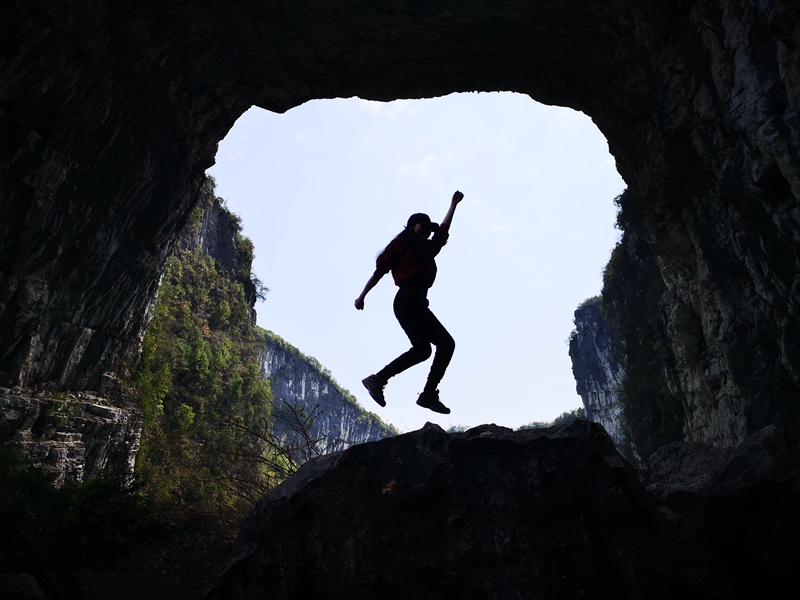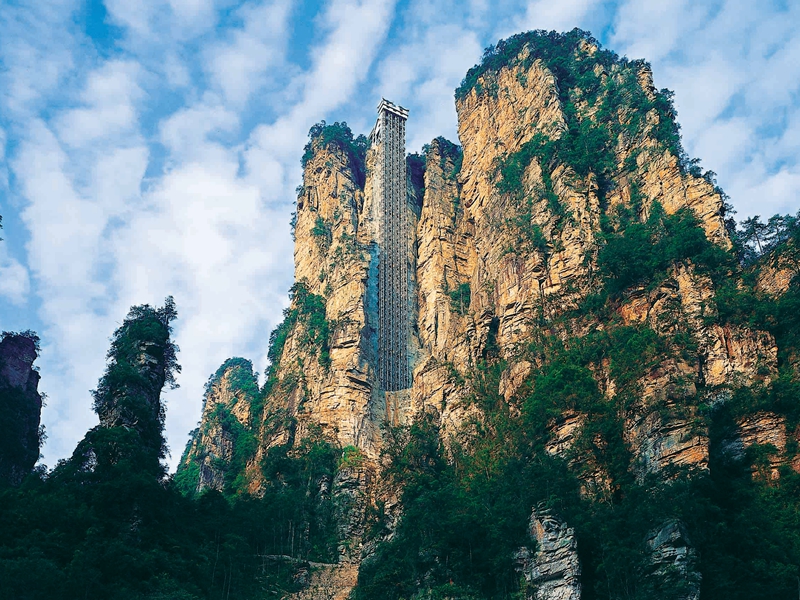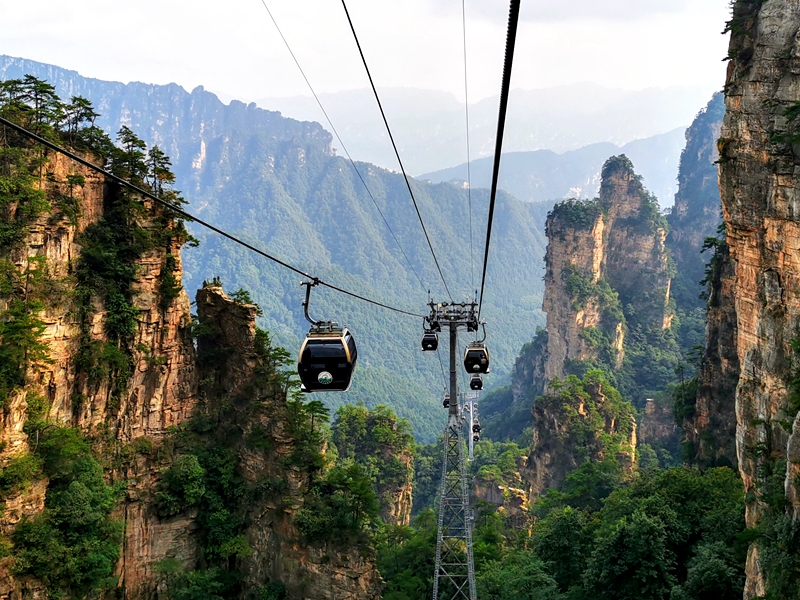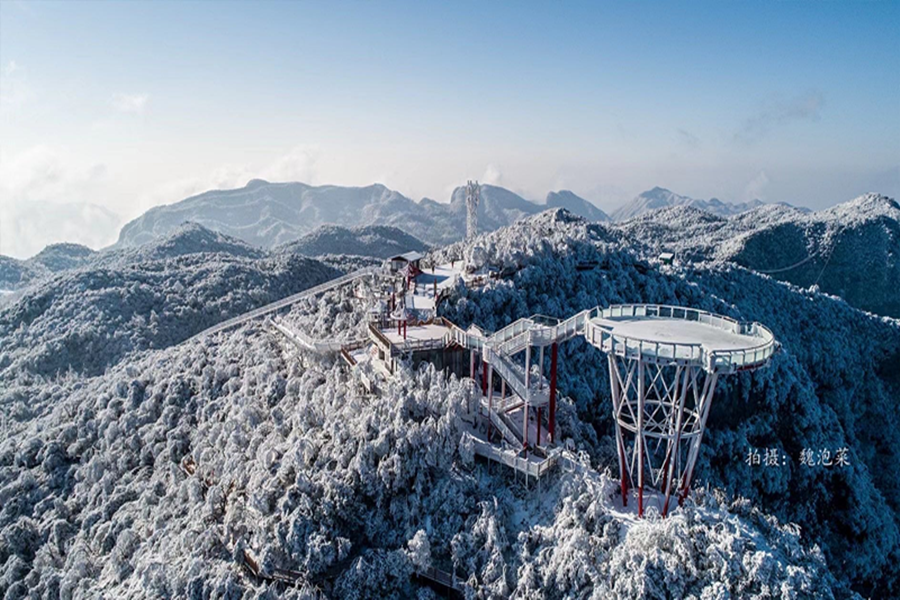
Furong Town Travel Tips
Furong Town, formerly known as Wangcun, is located in Yongshun County, Tujia and Miao Autonomous Prefecture, western Hunan. It is a thousand-year-old ancient town in Hunan Province with a history of more than 2,000 years. Because Liu Xiaoqing and Jiang Wen filmed the movie “Furong Town” here, Wangcun became famous far and wide, and “Furong Town” gradually replaced Wangcun. In 2007, Wangcun was officially renamed Furong Town. It is a national 4A-level scenic spot and is also known as the “thousand-year-old town hanging on the waterfall.”
Furong Ancient Town is surrounded by water on three sides. The most spectacular Youshui River Waterfall in western Hunan flows down and passes through the town; the five-mile stone street carries the water along the mountain and winds up; the Tujia Diaojiao Towers are built on cliffs near the water, row after row. Due to the popularity of the movie “Furong Town”, Guzhen became a veritable first-generation “Internet celebrity”.
- Transportation:
- Self-driving tour: You can follow the navigation and drive directly to the scenic area. There are many parking lots in the scenic area. If you do not stay, the parking lots are charged.
- High-speed rail travel: You can take the high-speed rail and get off directly at Furong Town Station, which is about 6 kilometers away from Furong Town, which is more convenient.
- Train travel: There is a shuttle bus from Zhangjiajie Railway Station to Furong Town. The journey takes about one and a half hours and the fare is 25 yuan.
- Bus travel: Jishou North Bus Station (next to Jishou Railway Station), there are regular buses to Furong Town from 6:30-17:00 every morning, with an average of 30 minutes to 1 hour, the whole journey is 50 kilometers, about one hour Arrive at about a quarter of an hour; Jishou West Passenger Terminal also has regular buses to Furong Town from 6:30-17:30 every morning.
- What to see in Furong town
The scenic area of Furong Town is not too big and can be visited in one day. If you want to travel in depth and see the night view, you can spend two days. So what is the appropriate order to play? I will share with you my travel route to Furong Town in June. I hope it will be helpful for your free travel.
- Wuli bluestone ladder
Jiefurong Town is an ancient town where Tujia people live together. During the Qianlong, Jiaqing and Daoguang years of the Qing Dynasty, there were 560 shops on both sides of the stone street. There was an endless flow of mules and horses every day, and merchants gathered there, making it prosperous.
There is still a well-preserved Wuli bluestone ladder street in the town, which goes up all the way from the Youshui River. It is built with 25 large steps and 308 small steps, like a long ladder sloping up the slope, all the way to Wuli Pai. It is the most well-preserved ancient stone street building in Hunan. On both sides are Panmen shops and Tujia stilted buildings. The winding road leads people to the ferry terminal on the shore of Youshui River. Looking to the left from the pier, you can see Furong Town Waterfall and Feishui Village built on the cliff next to it.
- Furong Town Waterfall
Furong Town Waterfall, soaring down like a giant dragon, is 60 meters high and 40 meters wide. It is divided into two levels and pours down from the top of the cliff. The huge sound shakes the valley and can be heard even ten miles away. At the turn of spring and summer, the stream surges and rushes down, and the waterfall is like a rainbow, colorful and beautiful. Because of this, people praise Furong Town as “the thousand-year-old town above the waterfall”.
- Xizhou Bronze Pillars
Xizhou Bronze Pillars are now in Furong Town Folk Scenery Museum. In 940 AD, King Ma Xifan of Chu and Peng Shichou, the governor of Xizhou, had been at war for many years and made peace. They concluded an alliance, divided the territory and ruled it, and cast 5,000 kilograms of copper pillars as evidence. According to historical records: “In the fourth year of Tianfu in the Later Jin Dynasty (939 AD), the Battle of Xizhou occurred between Peng Shichou, the governor of Xizhou, and Ma Xifan, the king of Chu who occupied Hunan at that time. After Peng Shichou was defeated, in the fifth year of Tianfu in the Later Jin Dynasty (940 AD) He negotiated peace with Mahifan and engraved the course of the war and the terms of the peace on the copper pillars.
The copper of the copper pillars is pure and smooth; the inscriptions on the eight sides and the inscriptions on the willow body are still as clear as ever despite being washed away by wind, rain, frost and snow for thousands of years. Xizhou Bronze Pillars are important documents for studying the ancient history of Tujia people. The Tujia people regard copper pillars as sacred objects.
- Tusi Palace
The Tusi Palace is also called Youyang Palace. In 910, Peng Shichou, the governor of Xizhou, built it in Wangcun. After Chieftain Peng Fushi moved the capital to Laosicheng in 1135, “Youyang Palace” became the summer palace for chieftains of all generations to escape summer vacation. The chieftain’s palace is surrounded by mountains and rivers, standing on a cliff. There are natural landscapes such as the “Water Curtain Cave” under the palace, and beside the palace there are poems and calligraphy left by celebrities such as Tang Bohu and Shen Congwen. There is Song Zuying’s singing platform, there is a tea house where Liu Xiaoqing drank tea and watched the waterfall, and there are locations where film and television dramas such as “Wulong Mountain Suppression of Bandits” were filmed.
- Special snacks
- Rice tofu
The rice tofu in Furong Town is made from high-quality rice, soaked in mountain spring water, added with fresh vegetable leaves and a little edible alkali, ground into rice milk, and finally cooked. Before eating, it can be cut into small cubes or tadpole-shaped particles, and then served with chopped green onion and minced garlic chili sauce. “Liu Xiaoqing Rice Tofu Shop” and “Hu Yuyin Rice Tofu Shop” can be seen everywhere in the shops on both sides of Wuli Qingshi Ban Street, becoming another sight in Furong Town.
- Ginger candy
Ginger candy is a traditional flavored confectionery in Furong Town. It is made from local glutinous rice sugar, sweet potato sugar, and corn sugar and is boiled twice. It is supplemented with ginger and other spices and then manually pulled into finger-thick strips many times. Finally, Then cut into one centimeter square particles.
- Furong Town Hotels
In general, Furong Town is a small town with profound historical and cultural charm. Among them, what I love the most is the magnificent waterfall and the unique rice tofu. These two features seem to be the perfect crystallization of nature and humanity, giving people unlimited reverie and enjoyment. Sitting in the restaurant by the Youjiang River, I couldn’t help but indulge in the comfortable life where scenes blended together. The dual enjoyment of delicious food and beautiful scenery made people happy.
During the free tour of Furong Town, in addition to enjoying the gifts of nature, you can also deeply experience the rich and profound history and culture of the Tujia people. Ancient traditions and customs have been preserved and passed down here, presenting a vivid and complete national picture to the world. The beauty of Furong Town needs to be felt, tasted and discovered by yourself.
